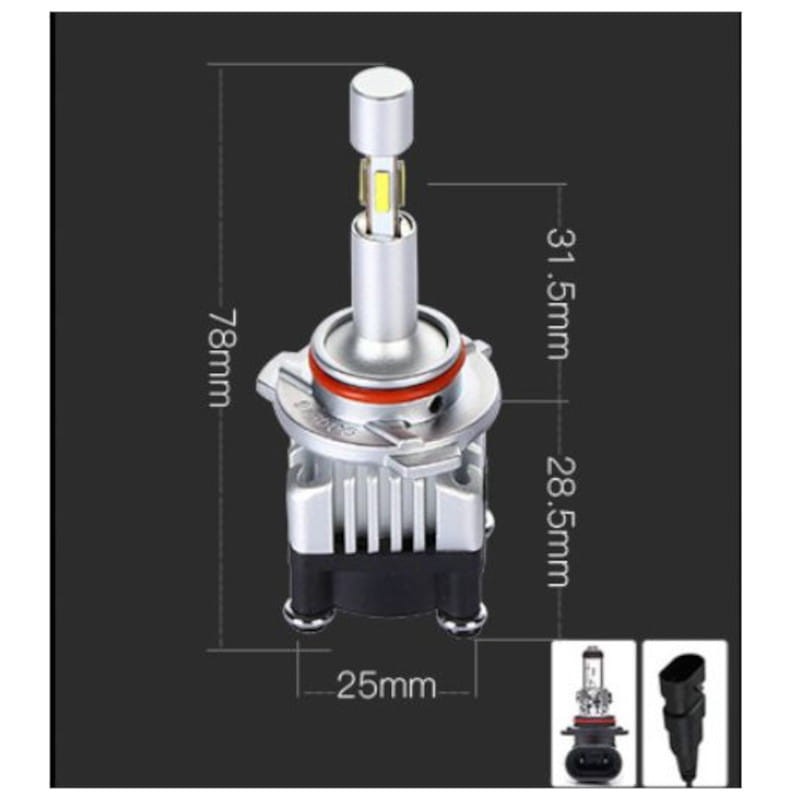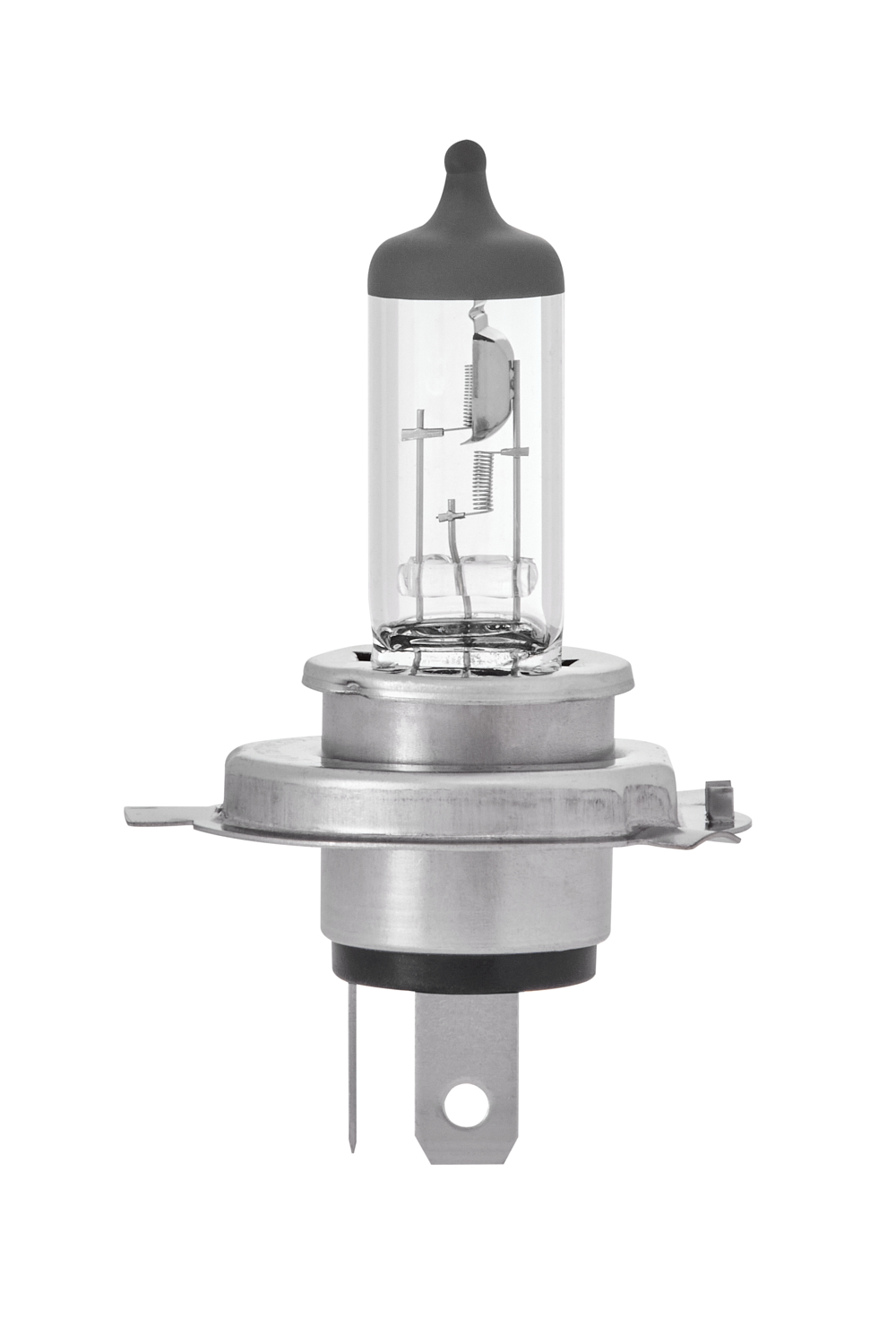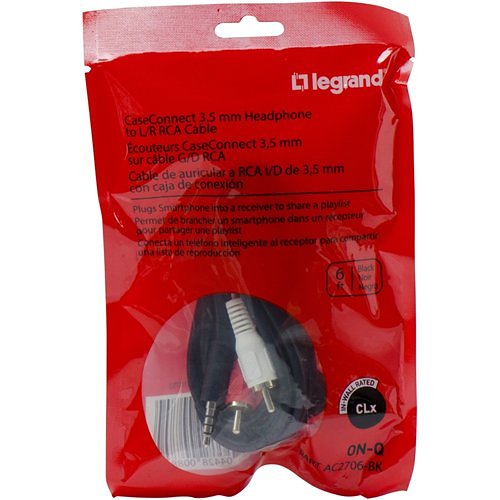
Average dynamic radii for five cold (C1-C5) and four hot (H1-H4
Download scientific diagram | Average dynamic radii for five cold (C1-C5) and four hot (H1-H4) WLTCs for each tire (LF, RF, LR, RR), together with table values (308.3 mm) [26] and the front and rear static radii average from before and after a WLTP (305.5 and 308.5 mm, respectively). Indicated in the plots are also average dynamic radii for Phases 1-4 of the WLTC (lines with four smaller markers in series Phase 1 to Phase 4, Phase 1 always lower). As can be seen, all the radii increased in a similar manner throughout the cycles. Also noteworthy is that the hot cycles started at a slightly higher radius than the cold. The maximal difference for each individual wheels was less than 0.3%, which is insignificant with respect to measurement accuracy. from publication: Considerations for Achieving Equivalence between Hub-and Roller-Type Dynamometers for Vehicle Exhaust Emissions | Emissions from vehicles can be measured on the road or in laboratories using dynamom-eters that simulate the forces that a vehicle is subject to while driving on the road. In the light-duty vehicle regulations, only roller-type dynamometers are allowed. For hub-type | Emission, Radius and Mass | ResearchGate, the professional network for scientists.

Energies, Free Full-Text

Inhibition of Melittin Activity Using a Small Molecule with an Indole Ring

Watershed land use change indirectly dominated the spatial variations of CH4 and N2O emissions from two small suburban rivers - ScienceDirect
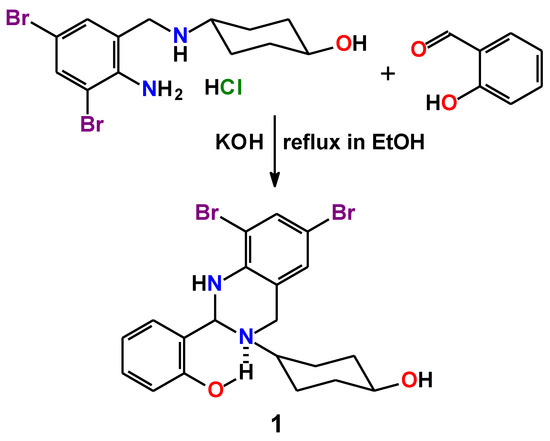
IJMS, Free Full-Text

Revised RNA Dihedral Parameters for the Amber Force Field Improve RNA Molecular Dynamics

H3 Flow Boiling

Difference in Dachsous Levels between Migrating Cells Coordinates the Direction of Collective Cell Migration - ScienceDirect
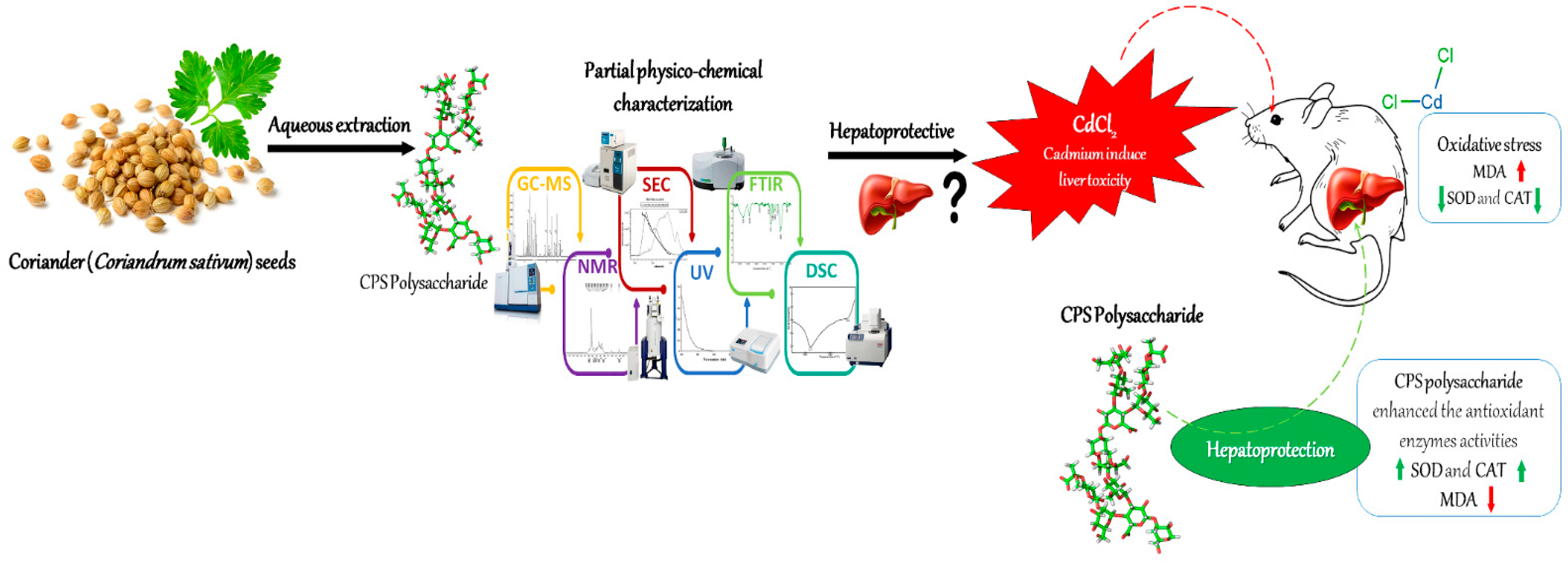
Antioxidants, Free Full-Text

Isotope Labels Combined with Solution NMR Spectroscopy Make Visible the Invisible Conformations of Small-to-Large RNAs
